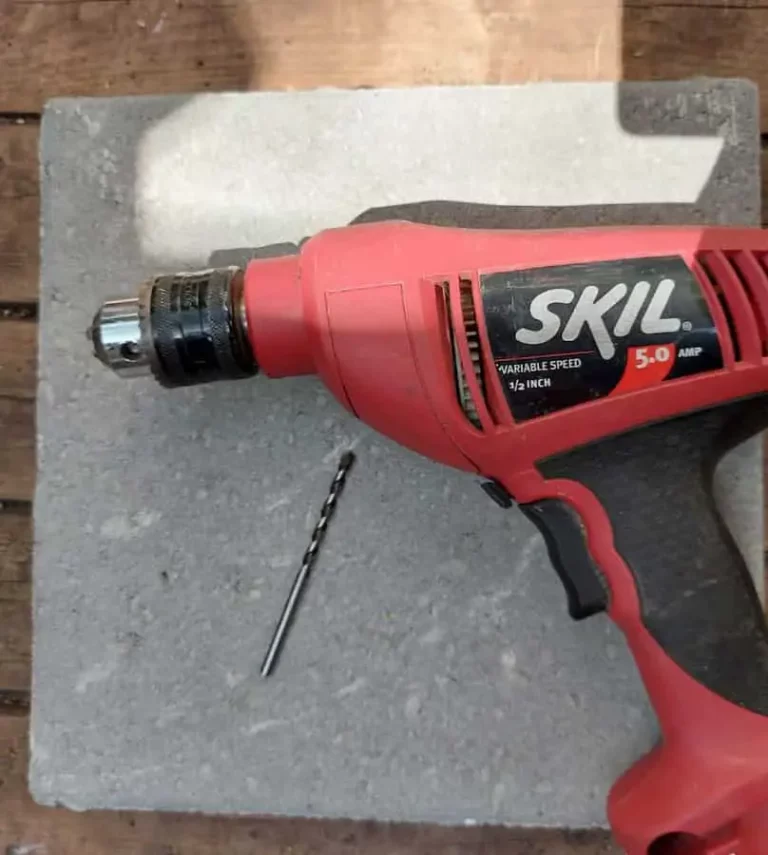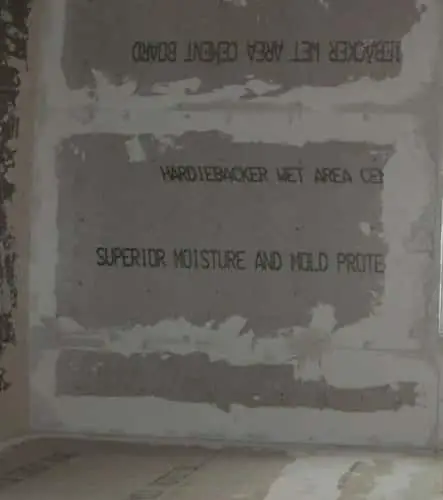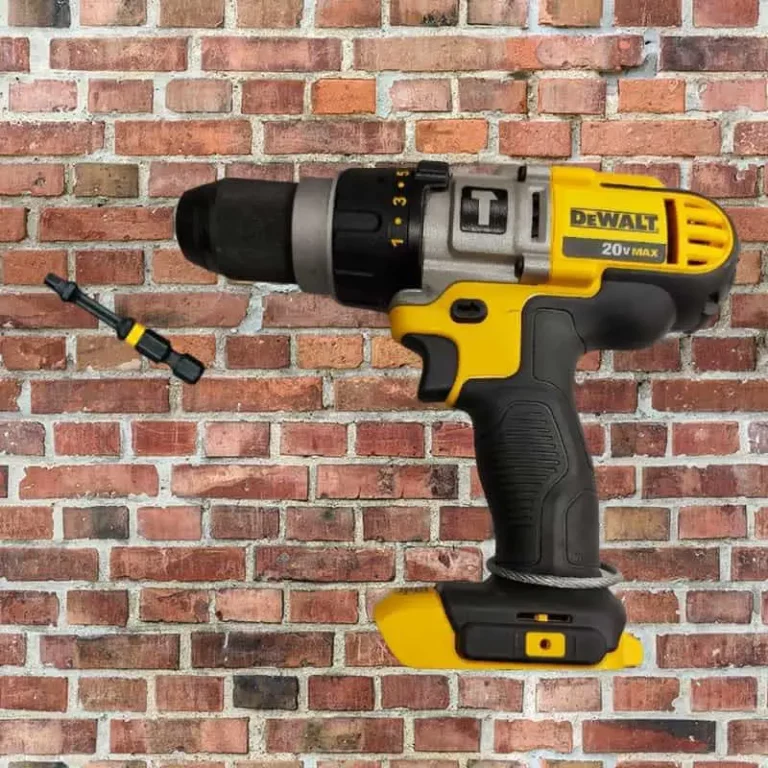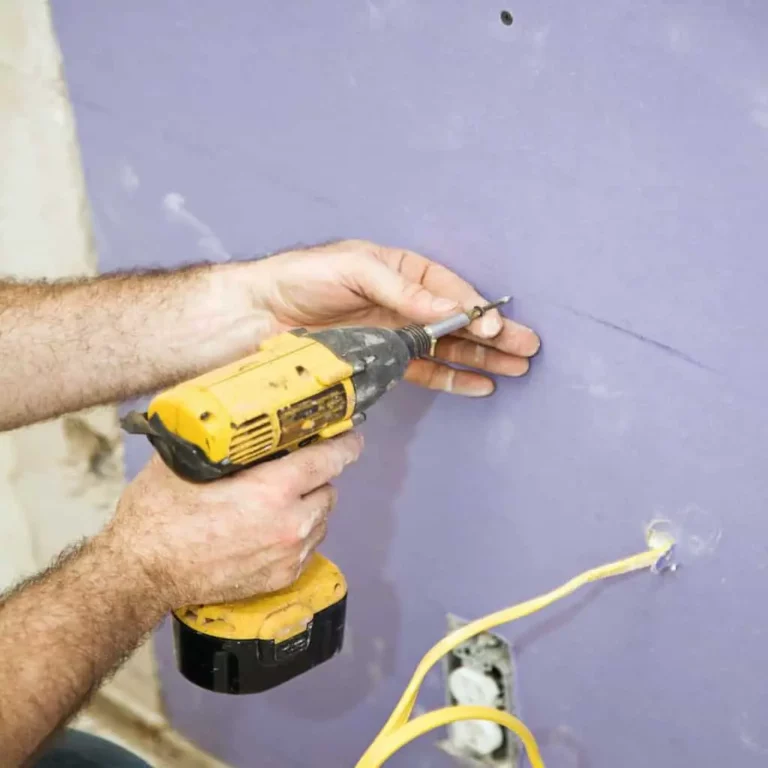What Size Water Heater Do I Need?
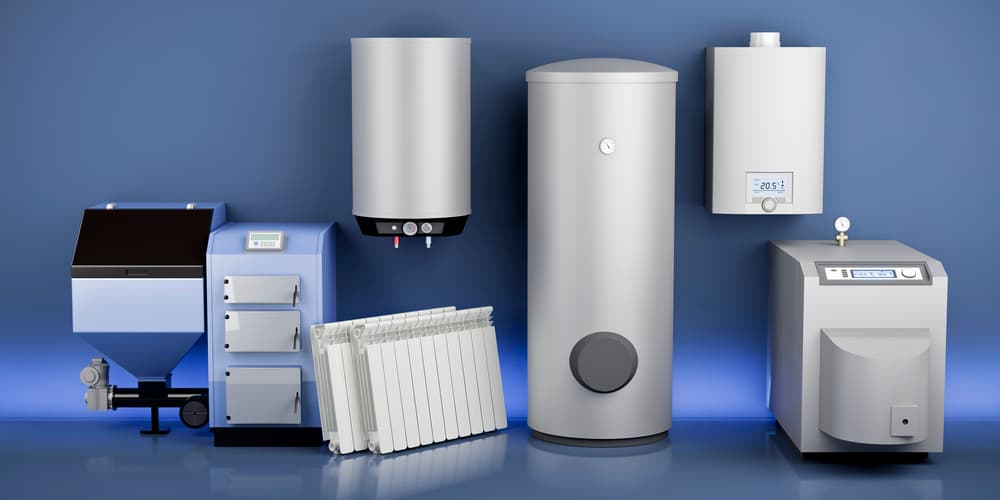
Choosing the wrong water heater size could leave you either scalding in a sea of hot water or shivering under a cold shower, so getting it right is essential. When deciding on the size of your water heater, you need to take into account several key factors. For starters, your household size and the number of fixtures using hot water play a significant role. Peak hour demand, when multiple appliances and showers are used simultaneously, is also critical. Understanding these elements will help you avoid the pitfalls of an undersized or oversized water heater, but to make an informed decision, you’ll need to dig deeper into the specifics of your hot water needs.
Determining Peak Hour Demand
To determine the size of the water heater you need, start by calculating your household’s peak hour demand, which is the maximum amount of hot water used during the busiest hour of your day. This typically occurs in the morning when multiple family members are showering and using other hot water appliances.
Identify the time of day when hot water usage is highest. For most households, this is during morning hours when several showers are taken simultaneously. Consider other hot water uses such as laundry, dishwashing, and faucet usage.
Use a table to estimate hot water usage for different appliances: for example, a shower might use 10 gallons, a laundry cycle 7 gallons, and a dishwasher 6 gallons per cycle.
Calculate the total gallons used by summing the gallons from all appliances during this peak hour. For instance, if three family members shower (each using 12 gallons), and one laundry cycle is run (7 gallons), and a dishwasher cycle (6 gallons), the total peak hour demand would be 3 * 12 + 7 + 6 = 43 gallons.
Additionally, consider the flow rates of appliances: a standard shower uses 2 to 2.5 gallons per minute (GPM), a bath lavatory sink 0.5 GPM, and a hot water faucet 0.75 GPM.
Sum these flow rates to guarantee your water heater can handle the peak demand. It is also important to assess the temperature rise temperature rise required by subtracting the incoming water temperature from the desired hot water temperature.
Finally, match this calculated peak hour demand to the First Hour Rating (FHR) of the water heater, verifying the FHR is at least as high as your calculated demand. This ensures that your water heater can supply enough hot water during the busiest hour without running out.
Sizing Tankless Water Heaters
After determining your peak hour demand for traditional water heaters, it’s important to contemplate a different set of criteria if you’re opting for a tankless or demand-type water heater.
To size a tankless water heater, you need to calculate two key factors: the maximum hot water flow rate and the temperature rise. Start by listing all the hot water faucets and appliances you expect to use simultaneously, such as showers, sinks, dishwashers, and washing machines.
Estimate the flow rates for each fixture – for example, a faucet might use 0.75 GPM, while a shower head could use 2.5 GPM. Add up these flow rates to get the total required GPM. For instance, if you’re running a shower, a dishwasher, a faucet, and a washing machine at the same time, your total flow rate might be around 6.5 GPM.
Next, calculate the temperature rise by determining the difference between the incoming cold water temperature and your desired hot water temperature. For example, if the incoming water is 50°F and you want it to be 120°F, the heater must add 70°F.
Seasonal variations in incoming water temperature should also be considered, especially in colder months. Ensuring the tankless heater can handle this temperature rise is essential for meeting your hot water needs efficiently.
Sizing Storage-Type Water Heaters
When selecting a storage-type water heater, determining your peak hot water demand is vital to guarantee you don’t run out of hot water during high-usage periods. This involves calculating your peak hour usage, especially during morning routines and other high-demand periods.
To calculate your peak hour demand, consider the following:
- Showers: Approximately 20 gallons per shower, with more for longer showers. For example, if three family members take 10-minute showers, that’s around 60 gallons of hot water.
- Bath Usage: Assume half the capacity of the bath in gallons.
- Dishwashing Demands: 3 gallons for manual washing and 7 gallons for an automatic dishwasher.
- Laundry Needs: 20 to 25 gallons, depending on the washer size.
- Other Uses: Include hand washing, shaving, and other minor uses.
Proper sizing is crucial to avoid running out of hot water and incurring high energy costs, as improper sizing can lead to significant inconveniences.
Here are some key points to keep in mind:
- Storage tank capacity ranges from 6 to 100 gallons for home use.
- The First Hour Rating (FHR) should exceed your household’s peak hour demand to avoid shortages.
- The recovery rate measures gallons of water heated by 90 degrees F in 1 hour from cold, important for maintaining hot water supply during high-demand periods.
- Ascertain the tank has enough physical space, including room for the drip tray and connecting pipes.
- Choose an installation location with adequate clearance for maintenance and replacement, such as basements or garages.
General Guidelines for Household Size
Determining the right size for your water heater is heavily influenced by the size of your household and its hot water usage patterns.
For a household with 1 to 2 people, a tank size of 30-40 gallons is usually recommended. This capacity is suitable for basic hot water needs such as showering, doing laundry, and washing dishes. Regular maintenance, including annual flushing, can help extend the lifespan of the water heater.
It can accommodate short to medium-length showers but may not suffice if multiple appliances are used simultaneously. Energy efficiency is a key factor here due to the lower hot water demand.
For 2 to 3 people, a 40-50 gallon tank is generally advised. This size meets the needs for multiple showers and laundry, and can handle moderate hot water appliance usage.
It’s important to take into account the first hour rating to guarantee the tank can meet peak demand.
For 3 to 4 people, a 50-60 gallon tank is suitable, supporting families with multiple bathrooms and frequent hot water use.
It can handle simultaneous use of multiple hot water appliances, but calculating peak hour demand is essential for accurate sizing.
For households with 5 or more people, a 60-80 gallon tank is necessary to support high hot water demand and multiple users.
This larger capacity reduces the likelihood of running out of hot water during peak hours, though it may result in higher energy costs.
Factors Affecting Water Heater Size
Several key factors influence the size of the water heater you need, each playing an indispensable role in ensuring your household has a steady supply of hot water without incurring unnecessary costs or inefficiencies.
Household Size and Occupancy
The number of people in your household is a primary factor in determining the appropriate water heater size. Larger households require larger water heaters to meet the increased demand for hot water, particularly for activities like showering, laundry, and washing dishes.
Household size directly impacts peak hour demand, with more occupants leading to higher hot water usage during specific times, such as mornings and evenings.
Water Usage Habits
Your daily water usage patterns are vital. The frequency of showers, laundry, and dishwasher use markedly affects hot water demand. Reflecting on these habits helps in accurate sizing of the water heater.
For example, if multiple fixtures are used simultaneously, you’ll need a water heater that can handle the combined flow rate.
Ensuring the water heater is not too small or too large is crucial, as an improperly sized unit can lead to inadequate supply or unnecessary energy costs.
Key Factors to Reflect On
- Household Size: The number of people directly impacts hot water demand and peak hour usage.
- Water Usage Habits: Frequency of showers, laundry, and dishwasher use affects overall demand.
- Climate and Geographic Location: Colder climates require larger heaters to heat water faster, while seasonal variations in inlet water temperature affect the required temperature rise.
- Efficiency and Other Appliances: Efficiency of fixtures and the presence of other hot water-using appliances influence sizing and energy efficiency.
- Flow Rates and Temperature Rise: For tankless heaters, the maximum flow rate and temperature rise are essential in determining the right size.
Calculating Flow Rates and Temperature Rise
To accurately size a water heater, you need to calculate the flow rates and temperature rise that match your household’s hot water demands.
The flow rate in a hydronic system is calculated using the formula: GPM = Heat Load / (500 * ^T), where GPM is the flow rate in gallons per minute, Heat Load is expressed in BTU/hr, and ^T is the temperature difference between the supply and return in degrees Fahrenheit.
For example, if your heating system has a heat load of 15,000 BTU/hr and a temperature difference of 20°F, the flow rate would be 15,000 / (500 * 20) = 1.5 GPM.
Temperature rise is another vital factor. It’s calculated by subtracting the incoming water temperature from the desired output temperature.
For instance, if your incoming water is at 50°F and you need it at 120°F, the temperature rise required is 70°F. Climate, geographical location, and appliance requirements can all influence this calculation[FACTS].
Combining these two factors is fundamental for sizing your water heater. You need to know both the flow rate and the temperature rise to guarantee adequate hot water supply. This process involves using the formula ( q = h / (c * dt) ), where ( q ) is the volumetric flow rate, ( h ) is the heat flow rate, ( c ) is the specific heat, and ( dt ) is the temperature difference, to ensure accurate flow rate calculationsSpecific Heat Formula.
For example, if you need 5.2 GPM with a 60°F rise for two simultaneous showers, you must calculate the required power to achieve this[FACTS].
Considering Appliance and Fixture Usage
When calculating the size of your water heater, considering the appliance and fixture usage in your household is essential. The number of people in your household and their habits play a vital role, but it’s the specific appliances and their simultaneous use that dictate your peak hour demand.
To accurately determine your water heater size, you need to account for the hot water requirements of each appliance. Here are some key considerations:
- Showers: Each shower can use approximately 10-15 gallons of hot water, with longer showers using more.
- Dishwashing: A dishwasher typically uses 6-9 gallons, while handwashing dishes uses about 3 gallons.
- Clothes Washing: Washing machines can use 20 to 25 gallons per cycle, depending on the machine’s size.
- Multiple Fixtures: Running multiple showers, the washing machine, and dishwasher at the same time greatly increases peak demand.
- Other Appliances: Don’t forget to include hot water needs from other appliances like pool heaters, Jacuzzis, and kitchen and bathroom faucets.
Proper sizing of the hot water heater reduces energy waste and ensures efficient and reliable hot water supply.
Understanding these usage patterns helps you calculate your peak hour demand, which is vital for selecting a water heater that meets your household’s needs without being oversized or undersized, ensuring efficient and reliable hot water supply.
Geographic and Climate Considerations
Geographic and climate factors greatly influence the size and type of water heater you need. The incoming water temperature, which varies by geographical location, is a vital consideration. In colder regions, the incoming water temperature is lower, requiring more energy to heat the water to your desired temperature. This means you may need a larger or more powerful water heater to handle the higher temperature rise required.
Temperature rise is calculated by subtracting the inlet water temperature from the desired output temperature. For example, if your inlet water temperature is 40°F and you want it to be 120°F, you need an 80°F rise. In colder climates, this higher temperature rise necessitates a more robust water heater to meet the demand, especially during the coldest months.
Climate also affects the recovery rate and flow rate requirements of your water heater. Homes in warmer regions can often use smaller or less powerful water heaters, as the groundwater temperature is higher and less energy is needed to achieve the desired temperature. In contrast, homes in colder areas need larger or more powerful heaters to guarantee an adequate hot water supply.
Additionally, the number of occupants and fixtures in your home, such as sinks, showers, and appliances, should be considered when determining the overall hot water demand in relation to your geographic and climate conditions.
When installing a water heater, consider local plumbing and electrical requirements, as well as space and fuel/electric service limitations. High-efficiency models may require additional plumbing or drainage due to condensation, and tankless heaters in hot climates may need outbound airflow.
Consulting with professionals is recommended to guarantee accurate sizing and installation based on your specific geographic and climate conditions.
Efficiency and Energy Consumption
Efficiency Metrics
- Uniform Energy Factor (UEF): This is the newest and most accurate measure of a water heater’s overall efficiency. A higher UEF indicates greater efficiency, with heat pump water heaters often having UEF ratings between 3.3 and 4.1, signifying high efficiency.
Water heaters account for nearly 20% of home energy costs, making energy efficiency increasingly critical due to rising energy costs, particularly with NAECA regulations.
- Fuel Source: Different fuel sources, such as electricity, natural gas, or propane, affect the efficiency of your water heater. For example, gas water heaters typically have lower Energy Factor (EF) values compared to electric models[FACTS].
- Tank Insulation: Better insulation reduces standby losses, improving overall efficiency.
- Burner Design: An efficient burner design can enhance recovery efficiency.
- Additional Features: Electronic ignition, automatic draft dampers, and heat traps can also improve efficiency.
- Energy Star Ratings: Higher EF or UEF values can qualify for Energy Star labels, indicating better energy efficiency and potential savings on your energy bills[FACTS].
Proper sizing, installation, and maintenance are also vital for maximizing efficiency and prolonging the lifespan of your water heater.
Additional Installation Considerations
Space and Location
When choosing the installation location, verify it’s accessible for maintenance. Avoid installing the water heater in bedrooms, closets, or bathrooms due to safety concerns, particularly the risk of carbon monoxide poisoning.
Maintain a perimeter of at least 24 inches around the water heater for easy access and to prevent any obstructions. If the water heater is placed in a garage, install a protective barrier. Additionally, use a catch pan connected to a drain line if the water heater is in an area where leakage could cause damage. Ensure the location also considers the household’s peak demand times to optimize the water heater’s performance.
Ventilation and Safety
Verify proper ventilation for gas water heaters to prevent gas buildup and comply with local building codes. Gas- and oil-fired water heaters with an ignition source must be raised at least 18 inches from the floor.
Install a temperature and pressure relief (TPR) valve to prevent explosions, and attach a discharge pipe to direct water to a safe area outside the home or to a catch pan or floor drain. Make sure there are no shutoff or check valves between the TPR valve and the end of the discharge pipe.
Electrical and Gas Connections
Verify that your home’s electrical system can support the new water heater, especially if switching from gas to electric or installing a higher-capacity unit.
Confirm gas and water pipes are properly sized, sealed, and connected to the appliance. For electric models, connect electrical wires to the terminals, and for gas models, connect the gas line while checking for leaks.
Use Teflon tape or pipe thread sealant on threaded connections for water supply lines, and install an expansion tank if necessary.
Compliance and Additional Requirements
Check local building codes and regulations; some installations require permits or inspections.
Verify the installation meets all local safety standards and regulations. Install earthquake straps if required, especially in regions like the Pacific Northwest.
Insulate pipes that transport water to save energy and maintain consistent water temperatures. Finally, verify the water heater is securely mounted and level during installation. Ensure the installation also complies with the energy efficiency standards to maximize long-term savings.
Frequently Asked Questions
How Often Should I Maintain My Water Heater to Ensure Optimal Performance?
Maintain your water heater at least once a year by flushing the tank every 6-12 months to prevent sediment buildup, and check the anode rod and TPR valve annually to guarantee peak performance and safety.
Can I Install a Water Heater Myself, or Is Professional Help Necessary?
Installing a water heater is a challenging task, a puzzle that requires all the right pieces. While it’s possible to DIY, it often demands specialized skills in plumbing and electrical work, making professional help highly advisable to guarantee safety and compliance with building codes.
What Are the Benefits of Using an Energystar-Rated Water Heater?
Using an ENERGY STAR-rated water heater saves you money on utility bills, reduces your energy consumption, and helps the environment by minimizing greenhouse gas emissions. It also guarantees high performance and durability through rigorous testing and strict EPA standards.
How Does the Lifespan of a Tankless Water Heater Compare to a Storage-Type Water Heater?
A tankless water heater typically lasts 15-20 years or more with proper maintenance, outlasting storage-type water heaters, which usually last 8-12 years. Tankless units avoid tank-related failures and mineral buildup issues, extending their lifespan.
Are There Any Local Regulations or Codes I Need to Follow When Installing a New Water Heater?
When installing a new water heater, you must follow local codes prohibiting installation in bedrooms, bathrooms, or storage closets. Ascertain combustion air doesn’t come from living spaces, and use a raised platform for gas/oil-fired heaters. A TPR valve, proper ventilation, and a drain pan if necessary are also required.
Conclusion
To guarantee you’re not left in the cold like a medieval knight without a hot bath, sizing your water heater correctly is vital. For tankless models, calculate the maximum flow rate and temperature rise. For storage heaters, consider household size and peak hour demand. Proper sizing saves energy, reduces costs, and keeps your water hot and ready, just like a trusty butler anticipating your every need.

